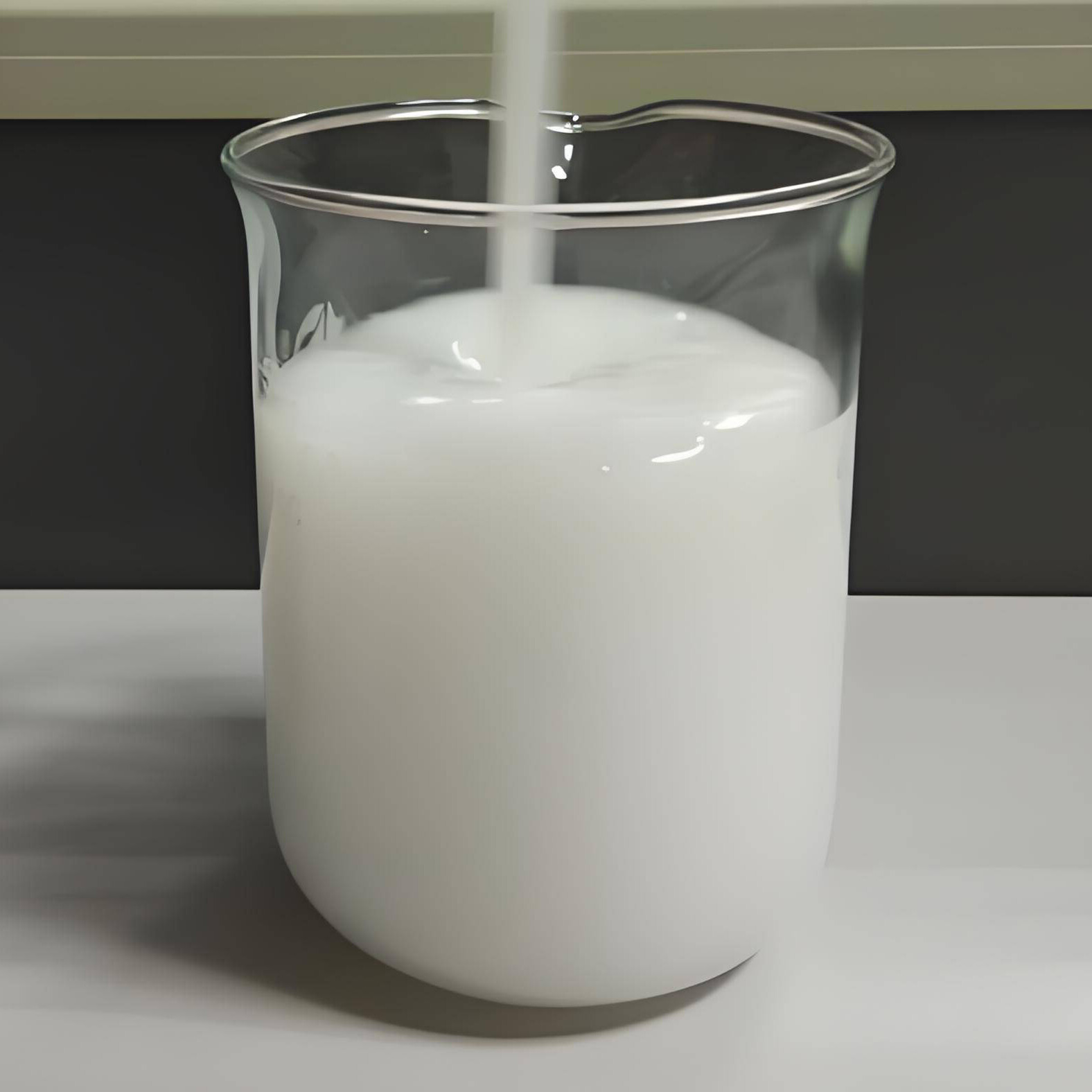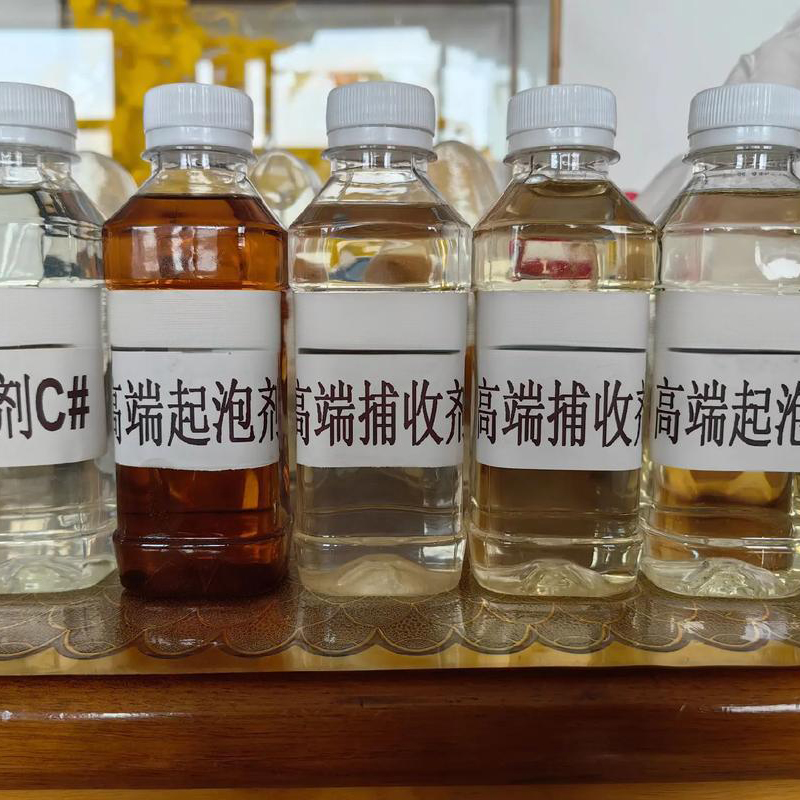
Dingqiao Technical Services Co., Ltd.
Chemical product import and export traders

The polar organic substances in the foaming agent mainly achieve the foaming function by reducing the surface tension or interfacial tension. The mechanism of action is as follows:
The role of surfactants
The molecules of the foaming agent usually contain polar hydrophilic groups and non-polar lipophilic groups. These molecules form a directional arrangement at the interface between air and water, and by inserting the groups into the water phase or oil phase, they reduce the surface tension of water, making it easier for bubbles to form and remain stable.
Key factors for bubble formation
Polar groups (such as carboxyl groups, hydroxyl groups, etc.) can enhance the affinity with water, helping the foaming agent diffuse in the aqueous solution and attach to the surface of the bubbles, forming a stable foam structure. This structural characteristic is the core mechanism by which the foaming agent functions.
Differences between different types of foaming agents
Physical foaming agents (such as low-boiling-point liquids, gases): They mainly rely on physical state changes (such as volatilization) to generate gas, and polar substances help them diffuse more quickly to the material surface.
Chemical foaming agents (such as sodium bicarbonate): When decomposing to produce gas, polar groups promote the uniform release of gas and prevent excessive local pressure from causing the foam to collapse.



